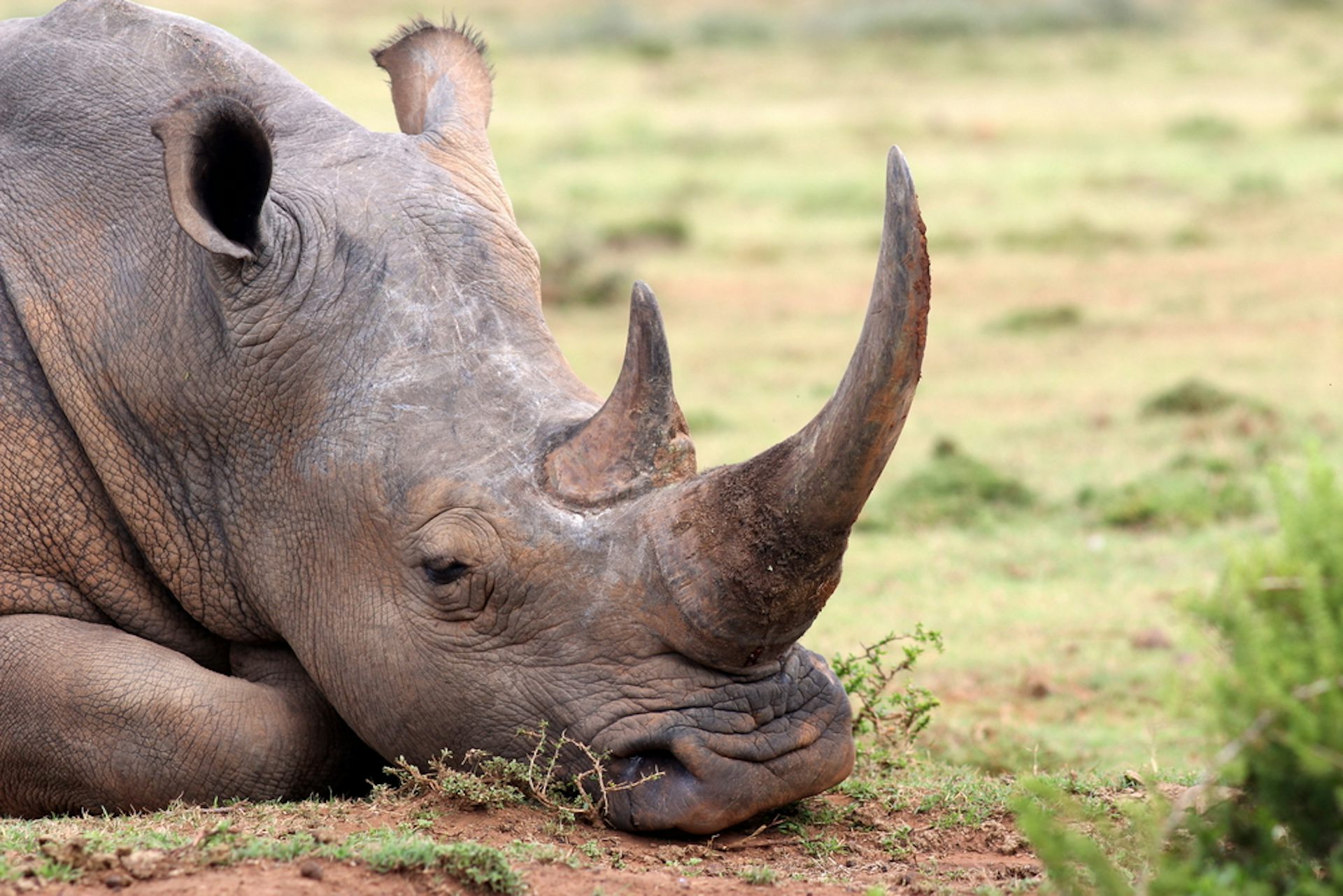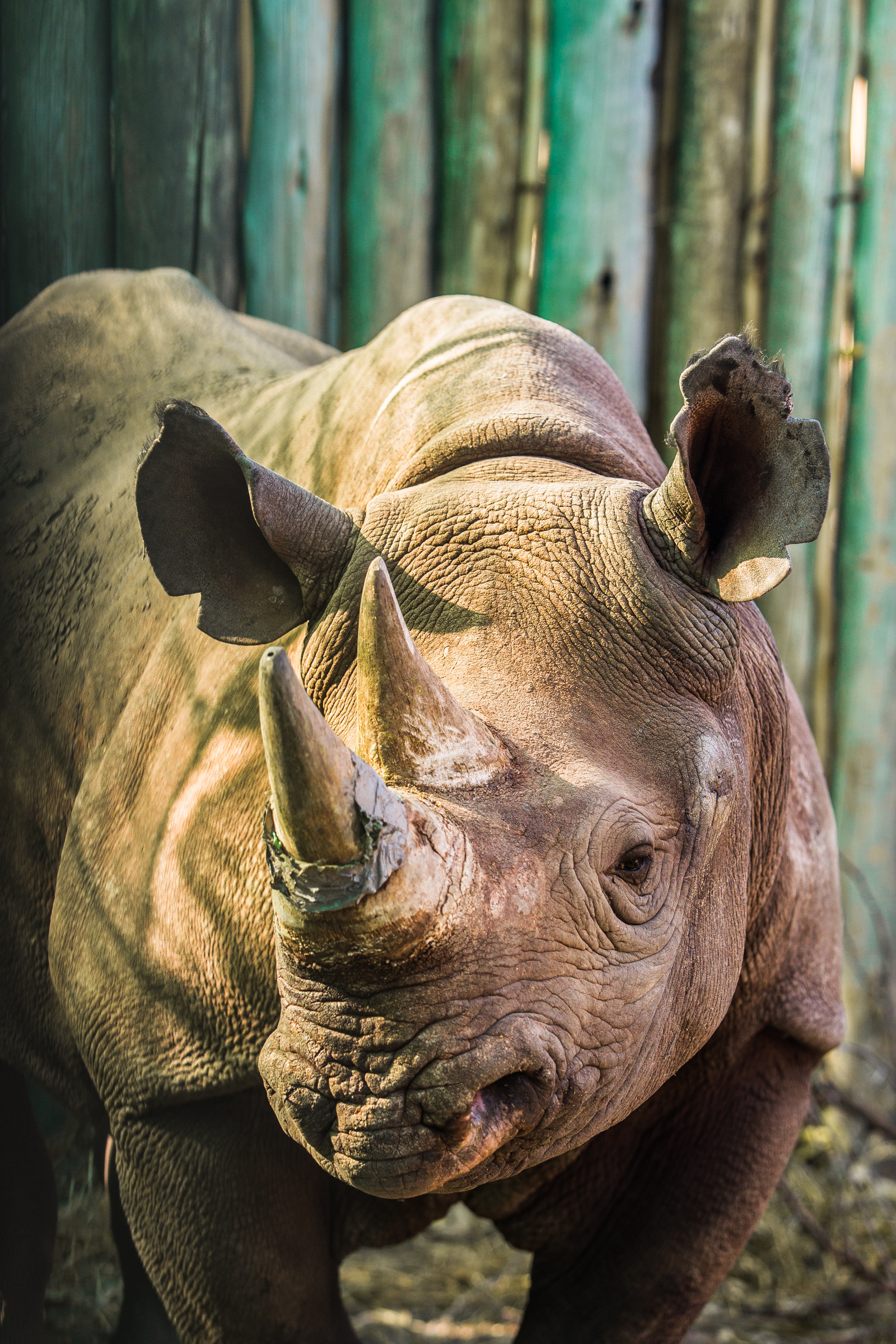
As South Africa we are excited to be at the forefront of an. Horns are used to dig up roots and break branches for better access to food.īlack rhinos can run at 40 miles per hour.īlack rhinos can go for up to five days without drinking water by obtaining moisture from succulent plants. Conservation Status: Critically endangered. However, black rhinos are critically endangered mainly due to poaching and habitat loss.

Although the species is referred to as black, its colours vary from brown to grey. During the hottest part of the day, they rest. The black rhinoceros, black rhino or hook-lipped rhinoceros ( Diceros bicornis) is a species of rhinoceros, native to eastern and southern Africa including Angola, Botswana, Kenya, Malawi, Mozambique, Namibia, South Africa, Eswatini, Tanzania, Zambia, and Zimbabwe. Rhinos soak in mud or roll in dust as protection against sunburn and insect bites.īlack rhinos use their prehensile upper lip to grab leaves and shrubs and guide them into its mouthĪll rhinos spend the majority of the morning late afternoon and nighttime eating.
#BLACK RHINO HABITAT SKIN#
Their thick skin acts like protective plating but is sensitive, as the blood vessels are close to the skin’s surface and can easily be scarred.īlack rhinos grow the longest horns with the front horn capable of reaching up to 4 ft

They live in open grasslands and floodplainsīlack rhinos are brownish gray, have two horns, a broad chest, thick skin, poor eyesight, excellent hearing, and a fondness for rolling in the mud. The black rhino ( Diceros bicornis L.) is among the most endangered species of megaherbivores in Africa and its conservation relies on nature reserves that are bound and habitat-restricted.



 0 kommentar(er)
0 kommentar(er)
